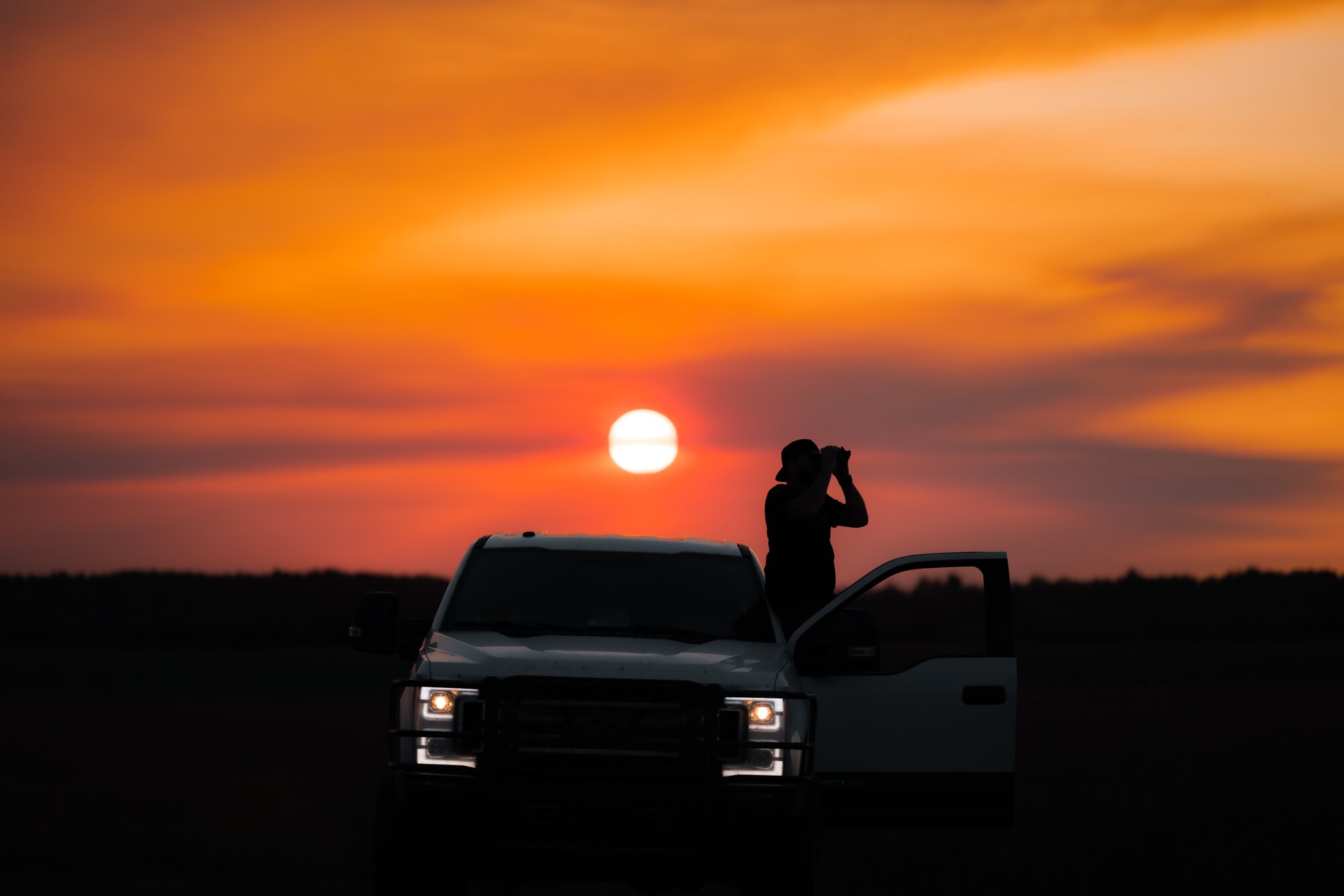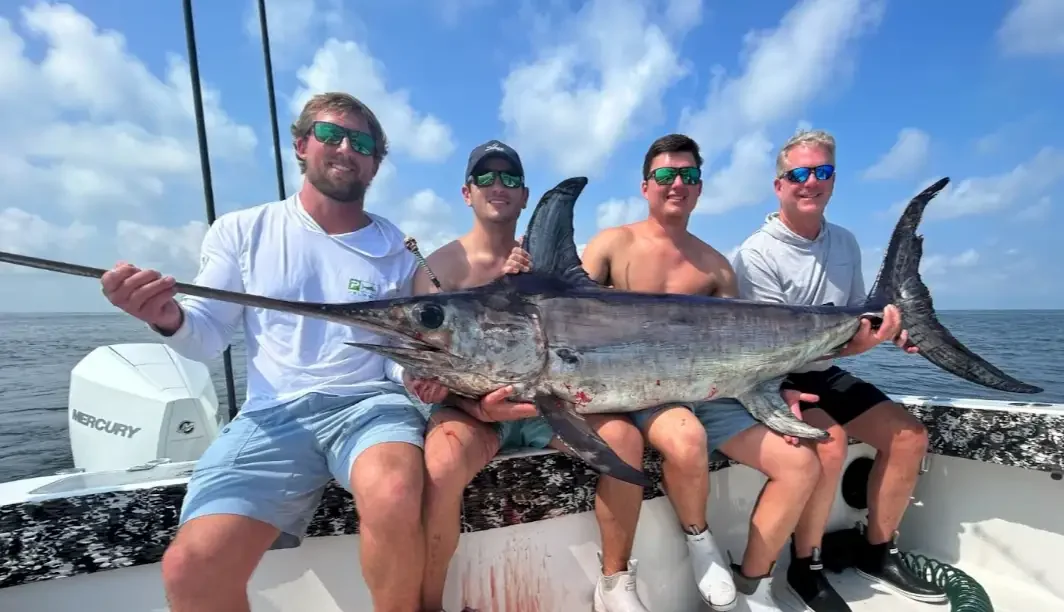Layering for Comfort: What to Wear While Hunting Waterfowl in Fall
Garrett Shackelford
· 7 min read
Share this article
Layering for Comfort: What to Wear While Hunting Waterfowl in Fall
November waterfowl hunts bring a unique set of challenges, not the least of which is dealing with the biting cold, unpredictable weather, and the muddy, damp conditions typical of late fall. Whether you’re spending your day in a marsh, a flooded field, or in a blind overlooking a waterway, staying comfortable is key to ensuring a successful hunt. Proper layering is the best way to adapt to the ever-changing conditions that come with late-season hunting.
Why Layering is Essential for November Waterfowl Hunts
In November, temperatures can fluctuate throughout the day. Early mornings often start with temperatures near freezing, and by midday, the sun might warm things up. At the same time, wind and rain (or even snow) can hit unexpectedly. With this kind of volatile weather, having the right layers in place helps you adjust to changing conditions, allowing you to stay warm without overheating during more active parts of the hunt.
At Mallard Bay, we’re all about helping you make the most of your waterfowl hunting experience. In this article, we’ll walk you through the essentials of layering for waterfowl hunting in November so you can spend more time focusing on the birds — not on your cold feet or wet clothes.
The Three-Layer System: How to Stay Warm and Comfortable
1. Base Layer: Wicking Moisture Away
The first and most important layer you put on should be a moisture-wicking base layer. When you’re out in the marsh, walking through wet fields, or sitting still for hours in a blind, it’s easy to work up a sweat. If that sweat stays trapped next to your skin, it can make you feel cold and uncomfortable, especially when the temperature dips later in the day.
What to look for:
Choose materials like merino wool, synthetic polyester, or nylon for your base layer. These fabrics effectively pull moisture away from your skin, helping to keep you dry. Merino wool is great for its natural warmth and breathability, while synthetic fabrics tend to dry faster, which can be especially important on those damp days.
Fit:
Your base layer should be snug but not tight. You want it to fit close to your skin so it can wick away sweat, but it shouldn’t constrict movement.
Pro Tip:
Avoid cotton as a base layer. While comfortable, cotton absorbs moisture and holds it next to your skin, which can make you feel chilled quickly.
2. Mid Layer: Insulation for Warmth
Your mid-layer is all about warmth. This layer traps heat while allowing moisture to move away from your skin. In late fall, you need something that insulates without overheating you when you’re on the move.
What to look for:
Fleece, down, or synthetic insulation (like PrimaLoft) are great choices for mid-layers. Fleece offers warmth and breathability, while down is extremely lightweight and warm. Synthetic insulation is a good choice if you expect wet conditions since it performs better than down in moisture.
Fit:
The mid layer should be slightly looser than the base layer, but still close enough to trap warmth. Consider a jacket or vest that you can easily remove if the weather warms up or if you’re moving around a lot.
Pro Tip:
If you’re expecting damp conditions, a synthetic-insulated jacket is usually the best option for the mid-layer, as it dries more quickly than down.
3. Outer Layer: Protection from the Elements
The outer layer is your shield against the weather. In November, this means it needs to be waterproof, windproof, and durable. Whether you're facing snow, rain, or cold winds, your outer layer should keep you dry and protected, while still allowing you to move freely.
What to look for:
Look for a jacket or pants with a breathable waterproof membrane, like Gore-Tex, which will keep rain and wind out without causing you to overheat. Your outer layer should also be durable enough to withstand the rough terrain, whether you're trudging through marshy fields or crawling through brush.
Fit:
Your outer layer should fit comfortably over your mid and base layers without being too tight. You’ll want enough room for ease of movement, especially for kneeling, crawling, or making a shot.
Pro Tip:
Choose an outer layer with adjustable cuffs, hoods, and ventilation zippers. This allows you to further regulate your temperature and stay comfortable throughout the day.
Key Accessories for Comfort and Protection
While your base, mid, and outer layers are the foundation of your hunting outfit, a few key accessories can make a big difference in your comfort:
Gloves:
Cold hands can ruin your hunt, so make sure to bring gloves that offer insulation and protection from the elements. Insulated, waterproof gloves with a good grip are ideal for handling decoys or making calls, even in cold, wet conditions.
Hat/Beanie:
A warm, moisture-wicking hat or beanie is essential for keeping your head and ears warm. It can also help keep rain or snow off your face. A good hat can make all the difference in maintaining your body temperature.
Neck Gaiter/Facemask:
A neck gaiter or facemask can protect your neck and face from the cold and wind. Many waterfowl hunters prefer these because they also help break up their silhouette when sitting in a blind.
Boots & Socks:
Waterproof boots with insulation are a must for late-season hunts, especially if you’re wading through water or marshy terrain. Pair your boots with thick merino wool socks to keep your feet warm and dry.
Pro Tip:
Make sure your boots are broken in before the hunt to avoid blisters and discomfort during those long hours in the field.
Layering Tips for November Waterfowl Hunts
Start with Light Layers:
The early morning hours might be cold, but temperatures can warm up quickly as the sun rises. Start with lighter layers and add more as needed. You can always add more insulation if the temperature drops, but it’s harder to remove layers once you’re too warm.
Don’t Overdress:
It’s easy to get excited and throw on too many layers, but you need to balance warmth with mobility. Being too warm and sweaty can make you uncomfortable as you sit in the blind, and that moisture can cool off quickly if the temperature drops.
Consider the Wind:
Wind chill can make a big difference in how cold you feel. Make sure your outer layer is windproof, and remember that the wind can often make it feel colder than the actual temperature.
Adapt Throughout the Day:
Waterfowl hunting often involves long hours, and the weather can change as quickly as the birds. Don’t hesitate to remove or add layers as needed to keep your body temperature regulated.
Conclusion
November waterfowl hunts can be an exhilarating challenge, but they also come with their fair share of cold, wet, and windy conditions. By following a strategic layering system, you’ll stay warm, dry, and comfortable no matter what the weather throws your way. At Mallard Bay, we know that hunting is about more than just the gear — it’s about enjoying the experience and making the most of your time outdoors.
As you plan for your next hunting trip, keep these layering tips in mind and choose your clothing wisely. The right layers will help you focus on the birds, not your freezing hands or damp clothes. Whether you’re heading out to one of Mallard Bay’s premier waterfowl hunting destinations or scouting your own spot, you can rest assured that you’ll be comfortable in any weather condition.
Happy hunting, and stay warm out there!
Need help planning your next hunting getaway? Visit Mallard Bay to explore waterfowl hunting destinations across the country, from cozy cabins to scenic marshlands!












